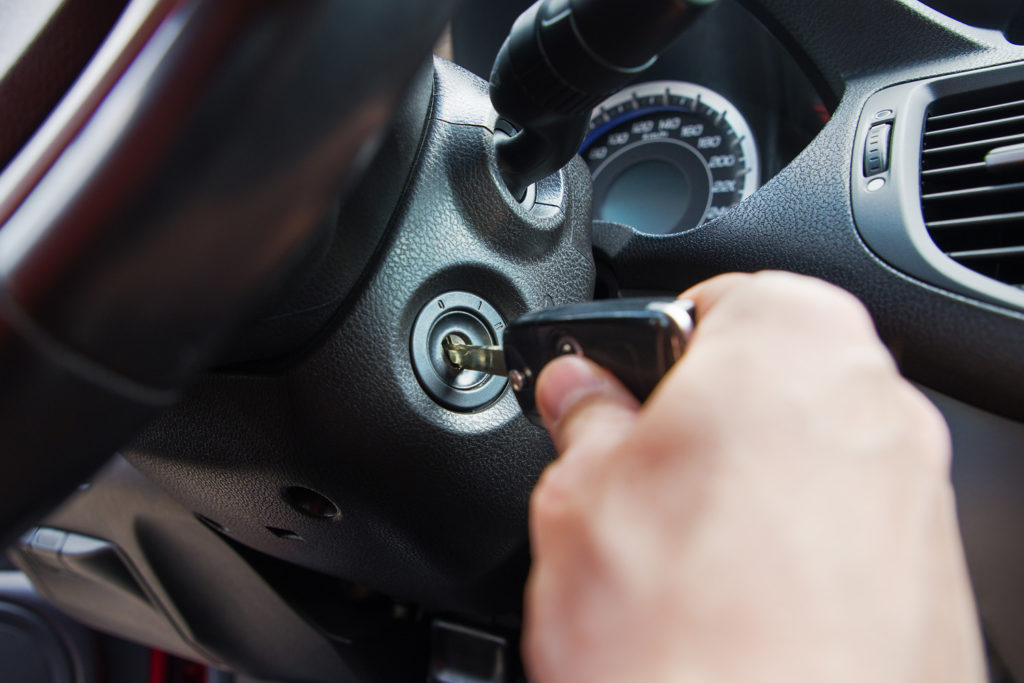Diesel engines rely on high compression to create the heat needed to ignite fuel and create combustion. The combustion process forces the engine’s pistons to rotate the crankshaft and generate power for the vehicle. An electronic heating device called a glow plug is used to initiate the combustion process in each cylinder when the engine is starting cold. The glow plugs have a relay and control module. If the powertrain control module (PCM) loses communication with the glow plug circuit, it will register a P0683 code.
What Does the P0683 Code Mean?
Diagnostic trouble code P0683 stands for “Glow Plug Control Module to PCM Communication Circuit Code.”
Diesel engines don’t have spark plugs. They instead compress air inside engine cylinders to generate heat that ignites fuel. On some diesel engines, glow plugs are installed in the engine cylinders because the cold engine is incapable of generating sufficient heat to start the vehicle.

A glow plug is a heating device with 12 volts from the battery. The PCM controls the glow plug depending on the engine’s temperature. If the PCM receives a signal from the sensors indicating a cold engine, it will instruct the glow plug control module (GPCM) to turn on the glow plugs. The PCM and GPCM ensure that the glow plugs are activated only for a limited time until the engine is warm enough to turn them off.
The whole process is only possible due to the GPCM’s communication with the vehicle’s PCM. If the PCM detects a fault within the circuit and loses communication demands with the GPCM, the computer will register a P0683 code.

Note: The definition of code P0683 might be different depending on the vehicle manufacturer. Consult the appropriate repair manual or repair database for the exact code definition.
What are the Common Causes of the P0683 Code?

What are the Common Symptoms of the P0683 Code?
- Illuminated check engine light
- Engine will be difficult to start or it won’t start at all
- Engine performance problems shortly after startup
How to Diagnose the P0683 Code
DTC P0683 might manifest different symptoms depending on the vehicle’s make and model. This can complicate the process of diagnosis and repairs. Make sure to consult your vehicle’s repair manual before attempting to fix this code to avoid costly repairs and replacements.
Diagnosis should only be done by trained professionals who have the required tools and expertise in troubleshooting trouble codes. If you’re curious to know what this diagnostic procedure might look like, you can check out the following video for reference.
How to Fix the P0683 Code
Troubleshooting a P0683 code (or any DTC for that matter) is no walk in the park. It requires a thorough comprehension of automotive components and how they all work together. There are plenty of valuable OBD-II resources online such as Chilton repair manuals or an ALLDATA single-vehicle subscription, which provide detailed information on your vehicle. However, we recommend hiring a mechanic so you can be sure that your vehicle is properly diagnosed and fixed.
Any information provided on this Website is for informational purposes only and is not intended to replace consultation with a professional mechanic. The accuracy and timeliness of the information may change from the time of publication.















